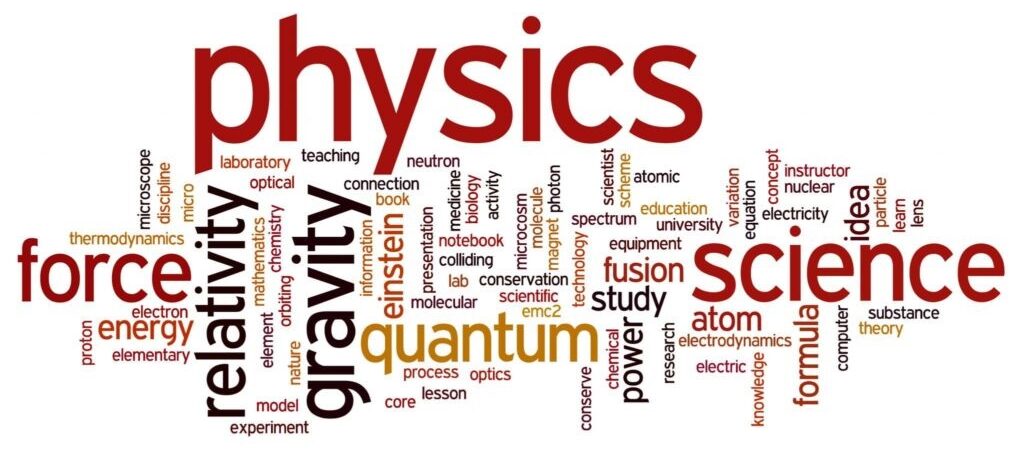Physics is the branch in science that deals with the interaction of matter and energy. Physics is divided into two main branches as:
- Classical Physics
- Modern Physics
Further, these branches are divided into Thermodynamics, Mechanics, Optics and Electromagnetism, etc. about which we will be discussing in this article. This article aims to acquaint students with the branches of physics and the topics covered under them.
Various Branches in Physics
Physics is a subject that strives to understand the way the universe works. There is a geological approach, a mathematical approach and a scientific approach towards understanding the universe. Physics houses all these approaches, and therefore, is a pervasive and rich discipline that it has to be classified into different branches for better understanding. With every discovery and information, the branches of physics evolve.
There are 11 branches of Physics, and they include the following:
- Thermodynamics
- Classical Physics
- Atomic Physics
- Mechanics
- Electromagnetism
- Astrophysics
- Biophysics
- Acoustics
- Optics
- Nuclear Physics
- Modern Physics
Thermodynamics
Thermodynamics deals with temperature and heat and their relation to work and energy. It mostly focuses on how heat is transformed into energy. The different modes of heat transfer are studied in this branch.
Classical Physics
Classical physics is one of the oldest branches in Physics. This field concerns everything that is in motion. Classical physics attempts to explain everything from the revolution of planets around the sun to the swinging of pendulum in a systematic manner.
Atomic Physics
Atomic physics deals with the study of atoms and its electrons. This area of physics mainly concerns how electrons behave in the shell around the nucleus. Ionization, Binding energy and Kinetic energy are some of the fundamental components of atomic physics.
Mechanics
Mechanics concerns itself with the movement of objects that are acted upon by force. This branch is further classified into two branches as:
- Classical Mechanics
- Quantum Mechanics
Classical mechanics deals with the motion of tangible objects while quantum mechanics deals with intangible small particles such as electrons and protons.
Geophysics
Geophysics entails the study of the ocean, earth and atmosphere. The structure, shape and composition of the earth are the core subjects that this branch deals with.
Astrophysics
Astrophysics studies the universe in relation to nature. This branch of physics studies the galaxies and planets. Scientists are always curious about the activities that occur outside the earth’s atmosphere; hence they are always exploring making discoveries and developing already made discoveries for updates.
Electronics
Electronics is a branch of physics that deals with the development, behaviour, and applications of electronic devices and circuits. Concepts such as electrical voltage, resistance and capacitance are discussed in this branch. The various electrical and electronic devices are represented using a pictogram known as electrical symbols.
Acoustics
This branch of physics deals with sound. Infra-sound waves and ultrasound waves are main components of study.
Optics
Optics is a branch in physics that deals with how electromagnetic radiations behave with different wavelengths. Optics studies both wave nature and particle nature of light. With certain instruments such as the concave lens and the convex lens, microscopes, telescopes, light can be manipulated and detected in different forms.
Modern Physics
This relatively new branch touches on quantum mechanics. This branch mainly focuses on the behaviour of small particles.


